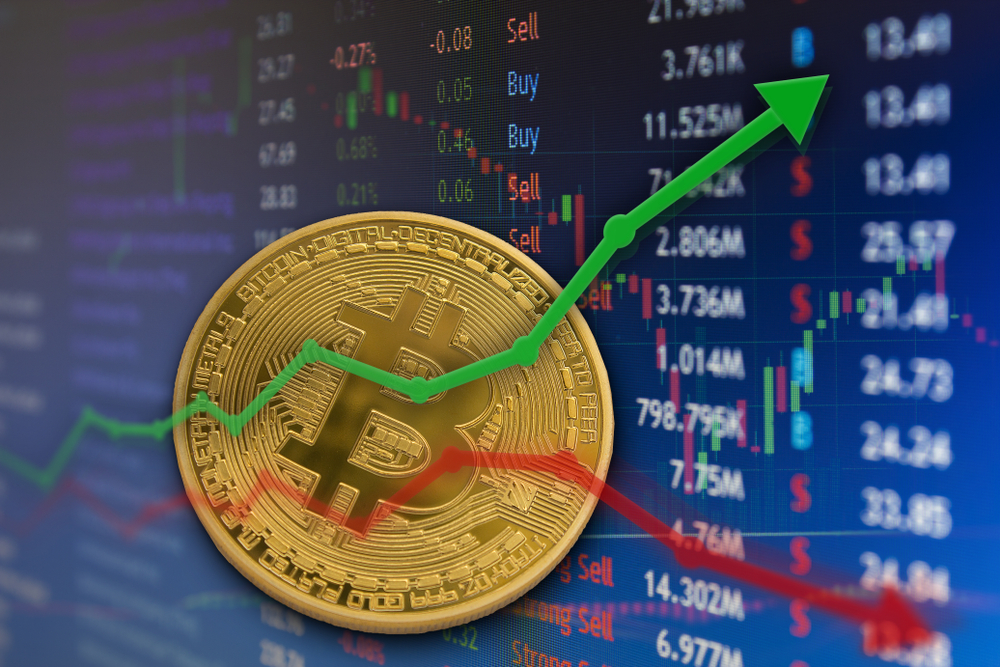
Bitcoin’s price remains in the bottom reaches of its trading range, but a decline to $25,000 appears almost certain, according to derivatives data.
After successfully defending the $25,500 support on June 10, Bitcoin has been trading in a limited 3.4% range over the past three days. Investors’ focus has switched to the macroeconomic sector at this time, as the United States Federal Reserve will issue its interest rate decision on June 14.
Although cryptocurrencies operate independently of traditional financial markets, the cost of capital affects practically every investor. The Fed boosted its benchmark interest rate to 5-5.25% in May, the highest since 2007.
Markets are pricing in a 94% chance of a pause at the June meeting, according to the CME FedWatch tool, so all eyes will be on Fed Chair Jerome Powell’s media conference 30 minutes after the rate announcement.
The impending Federal Open Market Committee meeting isn’t the only thing to worry about for the economy, as the United States Treasury is slated to issue more than $850 billion in new bills between now and September.
Additional government debt issuance typically results in higher rates and, as a result, greater borrowing costs for businesses and people. Given the already-constrained credit market as a result of the recent banking crisis, it is likely that GDP growth will be substantially hampered in the coming months.
Miners have been selling Bitcoin since the beginning of June, according to on-chain monitoring firm Glassnode, potentially adding further pressure to the price. Reduced revenues from a slowdown in Ordinals activity, as well as the mining hash rate reaching an all-time high, are two probable triggers.
Investors are now wondering whether Bitcoin will test the $25,000 resistance level, which has not been seen since mid-March. As a result, they are closely monitoring Bitcoin futures contract premiums and the costs of hedging with BTC options.
Whales and arbitrage desks like Bitcoin quarterly futures. These fixed-month contracts, on the other hand, often trade at a slight premium to spot markets, indicating that sellers are asking for more money to delay settlement.
As a result, in healthy markets, BTC futures contracts should trade at a 5 to 10% annualized premium – a condition known as contango, which is not unique to crypto markets.
Demand for leveraged BTC longs has increased marginally, with the futures contract premium rising to 3% from 1.7% on June 10, while it remains well below the neutral 5% barrier.
Traders can also look at options markets to see if the recent downturn has made investors more hopeful. When arbitrage desks and market makers overcharge for upside or downside protection, the 25% delta skew is a telltale sign.
In brief, if traders expect the Bitcoin price to fall, the skew indicator will rise beyond 7%, whereas moments of enthusiasm have a negative 7% skew.
